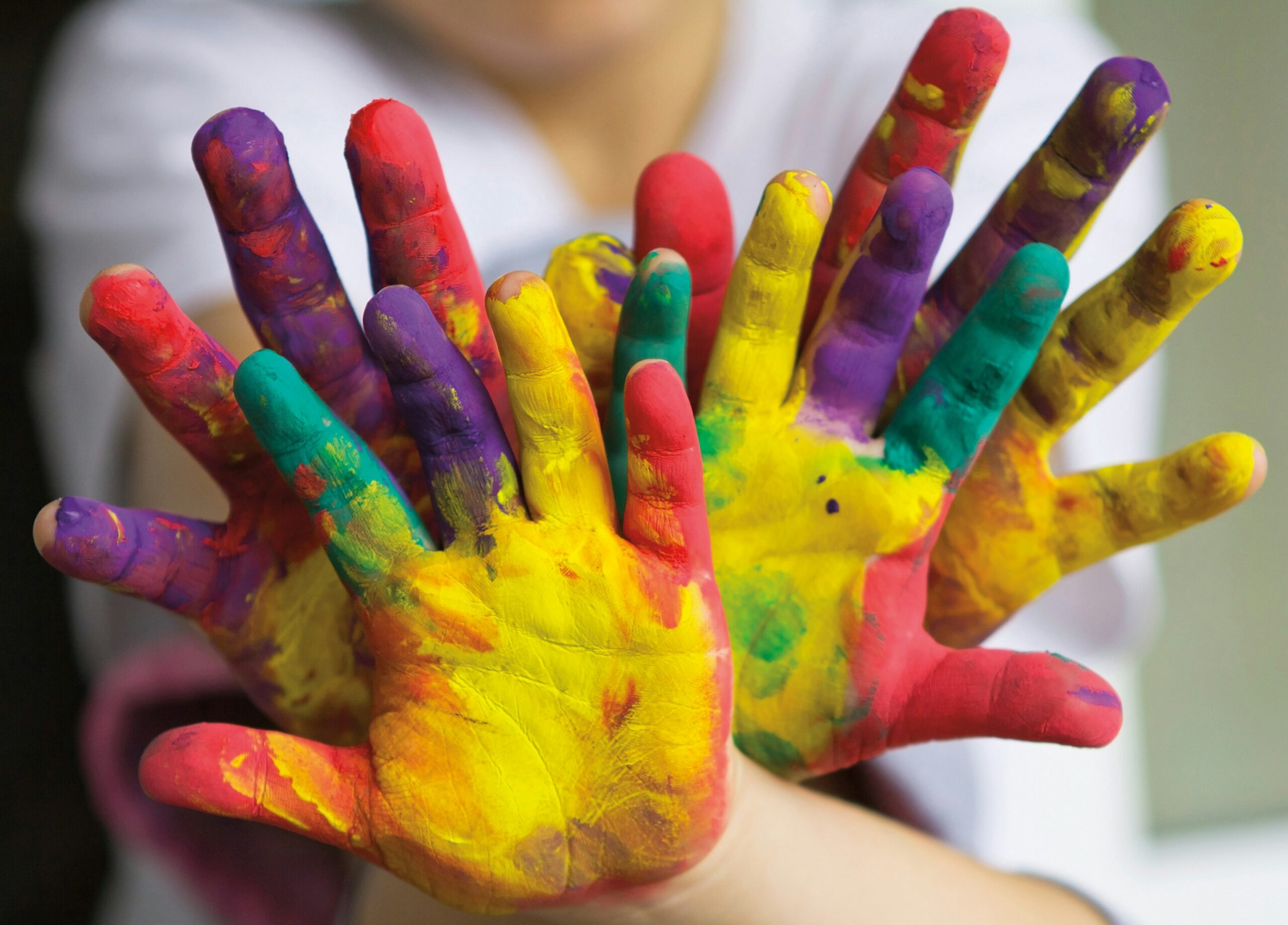UCLA Lab School principal Georgia Lazo, UCLA Community Schooling director Karen Hunter Quartz, educators, leaders, and researchers weigh in on the intrinsic value of the arts in K–12 learning.
When Jacqueline Belloso, a teacher and instructional coach at the UCLA Community School, was in elementary school she says, “The arts were big! I grew up singing in chorus, taking part in the performing arts, and playing the violin. Even though I was from a low-income background, at our school, I had an opportunity to experience these things. It was a big part of my growing up.” Belloso believes in the benefits of arts education and wants all students to have access to the arts.
“There are a lot of skills in the arts—oral language, listening, mimicking, that sometimes get put on the back burner. And some kids have processing issues—they need to move their bodies in order to free the learning inside of it. For me, the arts give those kids, those that might be seen as having behavioral issues or being a little divergent, the opportunity to showcase their learning in different ways, the opportunity to really shine.”
Arts and education leaders in California agree, and the state is working to give more young people access to the arts in schools. In November 2022, California voters approved Proposition 28: The Arts and Music in Schools (AMS) Funding Guarantee and Accountability Act. The measure establishes a new ongoing program supporting arts instruction in schools, providing funding for personnel and training, and supplies, materials, and arts educational partnership programs for instruction in a wide spectrum of the arts. California appropriated approximately $938 million for the effort for the 2023–24 fiscal year.
“Proposition 28 represents a significant step towards ensuring that all students have access to high-quality arts education. By investing in arts education, we are investing in the future of our students and our communities, empowering young people to reach their full potential, and become the creative, innovative leaders of tomorrow,” says Los Angeles County Superintendent of Schools Debra Duardo, an alumna of UCLA and the UCLA School of Education and Information Studies.
The Academy of Arts and Sciences contends that arts education is essential, playing “a vital role in the personal and professional development of citizens and, more broadly, the economic growth and social sustainability of communities. Its loss or diminution from the system would be incalculable.” The arts, the Academy argues, “have intrinsic value as a foundational form of human expression, providing ways of learning and experiencing dif- ferent perspectives on the human condition.” An education without them, “is insufficient” and “fails to provide what federal education law defines as a well-rounded education.”
Georgia Lazo is the principal of the UCLA Lab School, where arts are a core part of the curriculum, woven through the tapestry of the school’s curriculum and instruction.
“Humans have an innate attraction and connection to beauty, and, therefore, to art. Children, in particular, have an innate sense of creativity,” says Lazo. “At the Lab School, we believe that for children to fully develop, art needs to be infused into everything that we do. We stress the need to have art experiences for early childhood and early childhood development. When children can walk into a classroom and feel free to not only move but to use rich materials that help them build their creativity, it allows them the freedom to learn in different ways. In doing so, development in literacy, mathematics, science, and social studies becomes joyful, helping to foster learning and academic skills.
“When art is woven into the curriculum, it helps children see connections and think more deeply about different content areas in an interdisciplinary way. Engaging children in art and creating conditions in which art is integrated into the curriculum, helps them see connections and to see the world around them. It helps children build deeper content and critical thinking skills in joyful and fun ways.”
Research also appears to indicate the arts can benefit schools in ways that have an impact beyond the classroom. In “Multigenerational Art Making at a Community School: A Case Study of Transformative Parent Engagement,” published in 2021 in the Harvard Educational Review, UCLA researchers Kevin Kane, Karen Hunter Quartz and Lindsey Kunisaki examine parent participation in MASA, an afterschool arts program at the UCLA Community School. Their findings underscore the potential of culturally sustaining arts programs to serve as a strategy for parent engagement and learning and highlight the “transformative impact of culturally sustaining arts on individuals, families, and the school as a whole.”
“Our study is a window on how community-based arts can be transformative for parents, families, and a school,” says Hunter Quartz, director of the UCLA Center for Community Schooling. “It demands we see the arts as a powerful lever for valuing community assets and supporting positive creative, cultural, and racial identity formation.” Or maybe, as one parent in the study said. “It is through art that our whole family and school has changed and become stronger.”
Read the full story in the Winter issue of UCLA Ed&IS Magazine.
